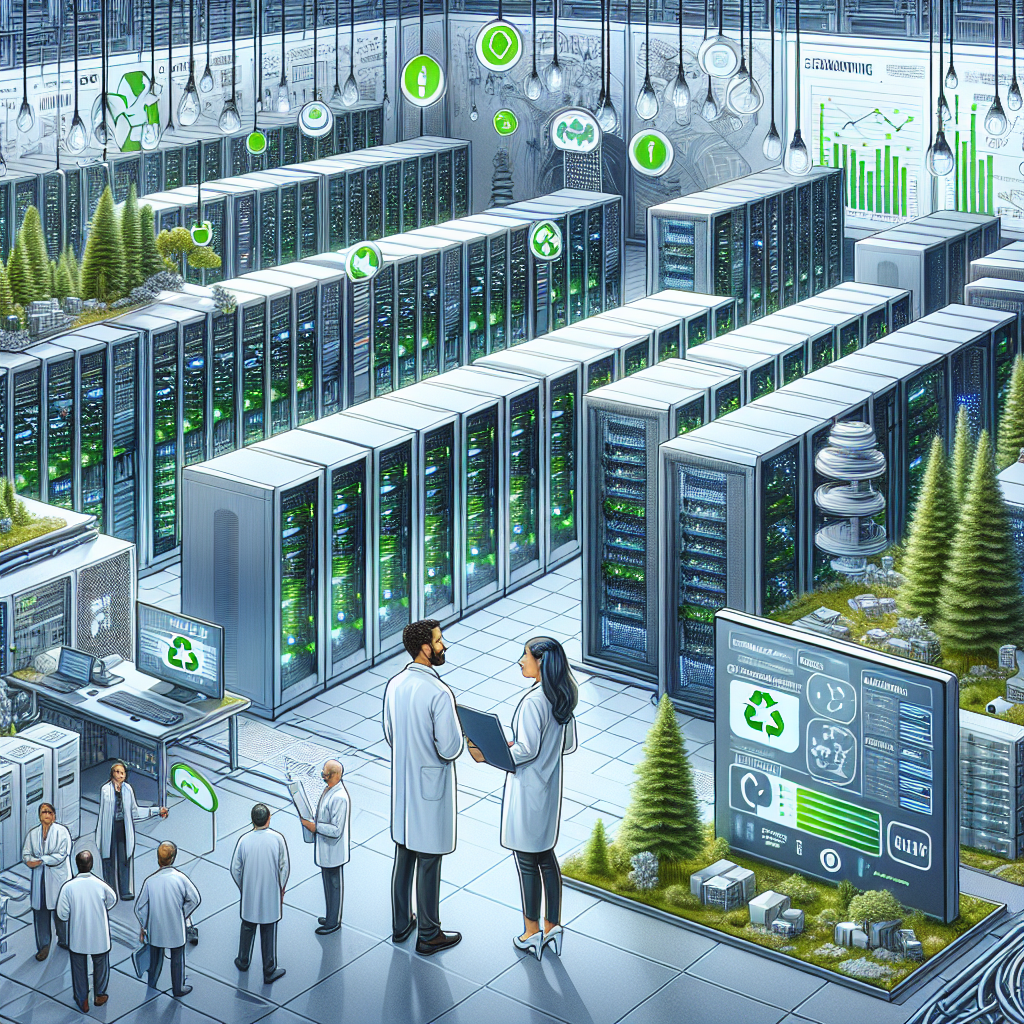In today’s digital age, data centers play a crucial role in storing and managing vast amounts of information for businesses and individuals. However, the rapid growth of data centers has raised concerns about their environmental impact, particularly in terms of energy consumption and waste generation. In response to these concerns, many data centers are now embracing sustainable practices to reduce their carbon footprint and minimize their impact on the environment.
One of the key ways in which data centers are becoming more sustainable is through the recycling and repurposing of waste materials. Data centers generate a significant amount of electronic waste, including outdated servers, networking equipment, and other hardware. Instead of disposing of these materials in landfills, many data centers are working with specialized recycling companies to extract valuable components and materials that can be reused or repurposed.
For example, old servers and networking equipment can be disassembled and their components sorted for recycling. Metals such as aluminum and copper can be melted down and used to manufacture new products, while plastics can be recycled into new materials. By recycling electronic waste in this way, data centers are not only reducing their environmental impact but also helping to conserve valuable resources and reduce the demand for new materials.
In addition to recycling electronic waste, data centers are also implementing energy-efficient practices to reduce their overall energy consumption. One common approach is the use of energy-efficient servers and cooling systems, which can significantly reduce the amount of electricity needed to power and cool a data center. Data centers are also increasingly using renewable energy sources, such as solar or wind power, to further reduce their carbon footprint.
Furthermore, data centers are adopting innovative technologies to improve their energy efficiency and sustainability. For example, many data centers are now using advanced cooling systems that use outside air or water to cool servers, reducing the need for traditional air conditioning systems. Data centers are also exploring the use of artificial intelligence and machine learning algorithms to optimize their energy usage and reduce waste.
Overall, the shift towards sustainable practices in data centers is a positive development for the environment and the industry as a whole. By embracing recycling, energy efficiency, and innovative technologies, data centers are not only reducing their environmental impact but also demonstrating their commitment to sustainability. As the demand for data storage continues to grow, it is essential that data centers continue to prioritize sustainability and work towards a more sustainable future.


Leave a Reply